When it comes to vehicle ownership, one of the most critical yet often overlooked components is the transmission. This complex system, responsible for transferring power from the engine to the wheels, is essentially the heart of a car’s drivetrain.
A transmission’s health dictates not only how smoothly your vehicle accelerates and shifts gears but also impacts fuel efficiency, overall performance, and, ultimately, the longevity of your vehicle.
Understanding which models boast bulletproof transmissions and which ones tend to burn out early can save drivers significant headaches, repair bills, and time spent stranded on the side of the road.
Transmissions come in various types, including traditional automatic, manual, continuously variable transmissions (CVTs), and more recently, dual-clutch transmissions (DCTs). Each of these designs has unique engineering challenges and durability factors.
While automatics have long been praised for their durability, CVTs and DCTs—designed to enhance fuel economy and shift responsiveness—have often been criticized for reliability concerns, especially in earlier generations. The manufacturing quality, maintenance requirements, cooling systems, and driving habits all interplay to determine how long a transmission will last.
In this article, we’ll explore five models that have earned a reputation for having bulletproof transmissions—vehicles whose transmissions have demonstrated exceptional durability, even under tough conditions and high mileage.
These models typically benefit from a combination of robust mechanical design, effective cooling systems, meticulous quality control, and well-established maintenance protocols. Whether you’re a commuter, a long-distance traveler, or a truck owner relying on your vehicle for heavy-duty tasks, these vehicles tend to deliver peace of mind and reliability when it matters most.
Conversely, we’ll also examine five models infamous for transmissions that burn out early. These transmissions often fail prematurely due to design flaws, overheating, weak components, or improper maintenance recommendations.
In many cases, these vehicles suffer from electronic control issues, fluid degradation, or suboptimal cooling, which all accelerate wear and tear. Understanding these pitfalls can guide buyers away from costly mistakes and help current owners take preventative measures if they already own one of these vehicles.
By comparing and contrasting these models, this article aims to provide a nuanced view of transmission reliability across different brands, vehicle types, and transmission technologies.
From sedans to SUVs, from traditional automatics to modern CVTs, we’ll dive into the mechanics, owner experiences, and manufacturer responses that define the lifespan of these critical components.
Whether you’re buying used, considering a new car, or looking to maintain your current vehicle better, the insights here can empower you to make smarter decisions.
Ultimately, the longevity of a transmission isn’t just about the raw engineering — it’s about how well that engineering is applied in real-world conditions, how responsive manufacturers are to emerging issues, and how diligent owners are about maintenance.
Knowing which models have “bulletproof” transmissions and which tend to falter early can transform your vehicle ownership experience from stressful to smooth. So buckle up and let’s dive into the world of transmissions — the unsung heroes of every drive.
Also Read: 5 Cars With Best Fuel-Cost Calculators and 5 With Misleading Displays
5 Models With Bulletproof Transmissions
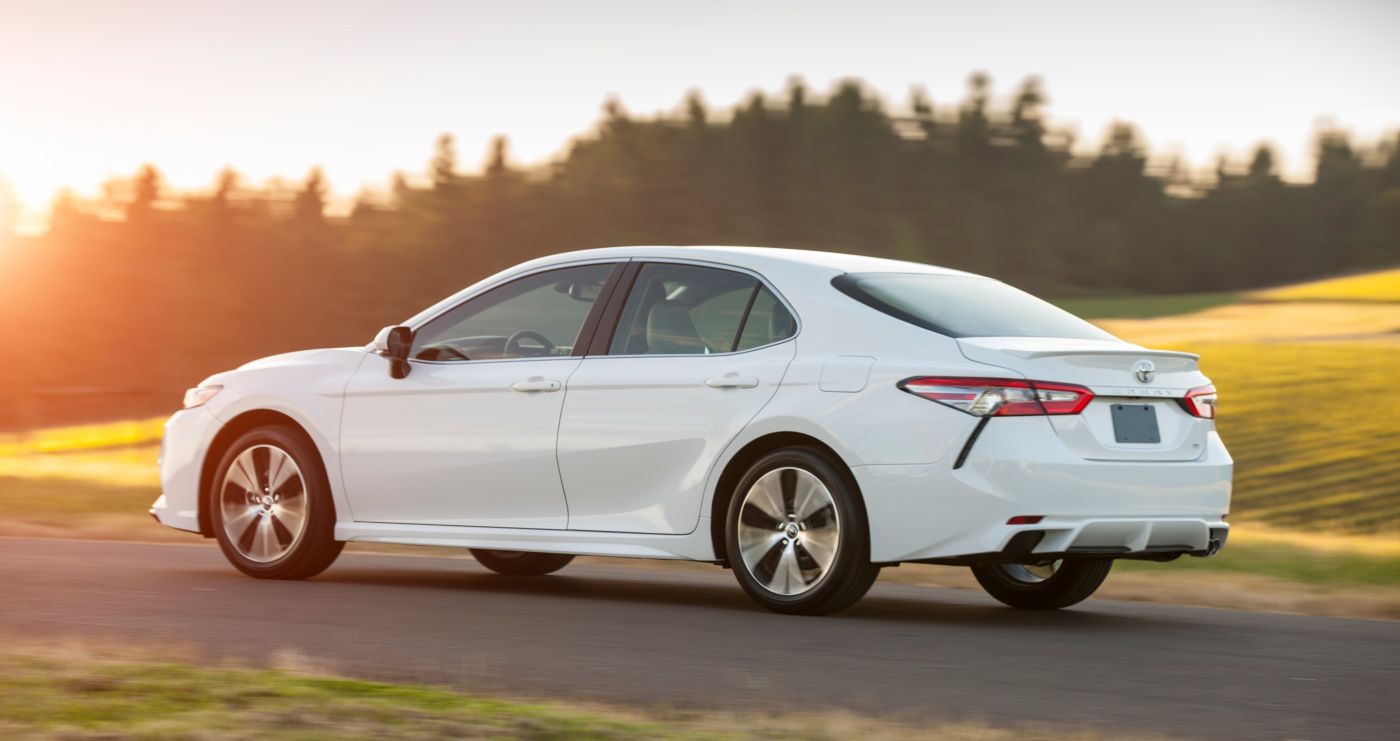
1. Toyota Camry (2007-2011)
Toyota’s Camry from the 2007 to 2011 model years stands out as a beacon of transmission reliability, often hailed as one of the most dependable sedans in its class. The 5-speed automatic transmission paired with either the 2.4-liter inline-4 or the 3.5-liter V6 engine was engineered with durability at its core, emphasizing simplicity and proven mechanical design over complexity.
This approach helped the transmission withstand high-mileage use, with many owners reporting seamless operation well beyond 200,000 miles.
The transmission’s internal components, including clutches, bands, and planetary gears, are built with high-quality materials that resist wear, while the hydraulic controls are finely tuned to provide smooth and timely shifts. This means less strain and lower chances of internal damage during regular driving conditions.
Moreover, Toyota’s attention to transmission cooling ensures that the unit maintains optimal temperature under various driving scenarios. The transmission fluid, which is critical to the longevity of any automatic transmission, is engineered to retain its protective properties over long periods, reducing oxidation and degradation.
This results in less friction and wear on the moving parts inside the transmission, minimizing the risk of failure. Even in more demanding conditions such as stop-and-go traffic or moderate towing, the Camry’s transmission remains resilient, largely thanks to Toyota’s conservative engineering philosophy.
Another factor contributing to the Camry’s bulletproof reputation is the widespread availability of replacement parts and the familiarity of mechanics with the model. Repairs or fluid changes are relatively straightforward compared to more complex transmissions, making maintenance more accessible and less costly.
Furthermore, Toyota’s consistent service recommendations and the availability of reliable aftermarket products make it easier for owners to maintain their vehicles properly. This combination of design, maintenance accessibility, and quality manufacturing places the Camry’s transmission in a league of its own.
Finally, the Camry’s transmission also benefits from Toyota’s strong quality control standards during production. Known for meticulous manufacturing processes, Toyota ensures that every component meets tight tolerances and rigorous testing before installation.
This reduces the occurrence of defects or premature failures, something that can plague other manufacturers. As a result, the Camry transmission not only lasts longer but also delivers consistently smooth performance, contributing to the vehicle’s overall reputation for reliability and owner satisfaction.
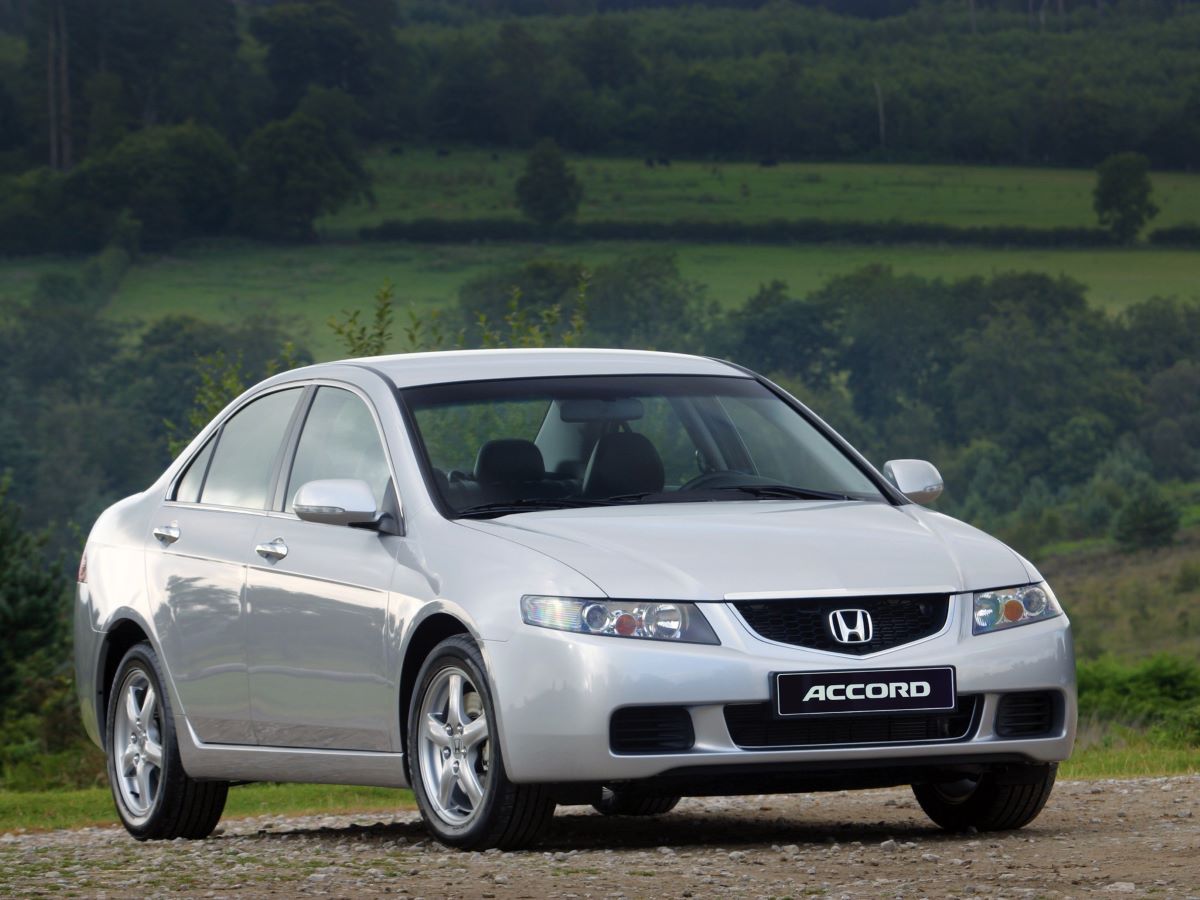
2. Honda Accord (2013-2017)
The Honda Accord’s 2013-2017 generation continues the brand’s legacy of reliability, with its 6-speed automatic transmission frequently praised for robustness and longevity.
Honda’s transmission design philosophy emphasizes precise engineering and the use of durable components, which are critical to withstanding the mechanical stresses of daily driving over many miles.
The transmission’s internal clutches are made from friction materials designed to last, while solenoids and valves responsible for hydraulic control are engineered for longevity and responsiveness. This results in smooth, precise shifts that reduce the likelihood of harsh engagement or slipping—two common precursors to transmission wear.
One of the strengths of the Accord’s transmission is the integration of advanced control software that constantly monitors driving conditions and adapts shift points accordingly. This adaptive learning reduces unnecessary wear by preventing rough shifts and minimizing clutch slippage during acceleration or deceleration.
In addition, the transmission control module (TCM) is designed with fail-safes that protect the transmission from operating outside of safe parameters, further enhancing durability. This level of electronic sophistication, balanced with mechanical reliability, helps the transmission endure years of use without significant repairs.
Maintenance also plays a role in the Accord’s transmission longevity. Honda recommends fluid changes at regular intervals, and the use of Honda’s genuine transmission fluid ensures optimal performance.
These fluids are engineered with additives that protect against heat and friction, extending the life of internal components. Unlike some transmissions that are sealed for life, the Accord’s transmission allows for periodic fluid servicing, which many owners and mechanics consider crucial for long-term durability.
Beyond the hardware and software, the Accord benefits from Honda’s extensive field testing and continuous improvement process. Over the years, incremental updates and refinements have addressed minor issues, resulting in a transmission that balances efficiency with resilience.
This combination makes the 2013-2017 Accord a standout choice for those seeking a vehicle with a transmission that can reliably deliver smooth performance well into high mileage.
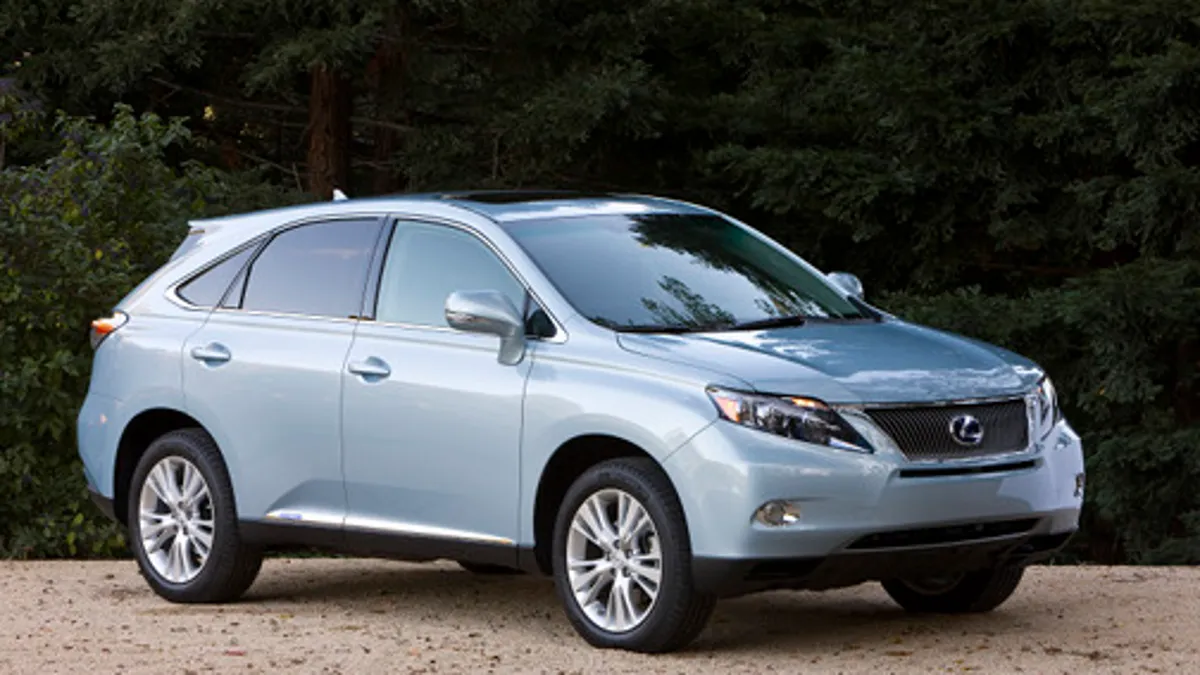
3. Lexus RX 350 (2010-2015)
The Lexus RX 350 from 2010 to 2015 exemplifies how luxury and reliability can coexist, especially when it comes to transmissions. Lexus, building on Toyota’s foundation, takes reliability a step further by using premium-grade materials and enhanced engineering precision.
The 6-speed automatic transmission found in the RX 350 is designed not only to handle the power from the 3.5-liter V6 engine but to provide smooth, seamless shifts that enhance the luxury driving experience. This transmission features reinforced clutches and a robust torque converter, capable of handling both urban driving and more demanding conditions like towing or off-road excursions.
A major advantage of the RX 350’s transmission is its sophisticated adaptive shift logic system. This technology learns the driver’s habits and road conditions, adjusting the timing and firmness of shifts to reduce wear and enhance comfort.
For example, the transmission will downshift smoothly during highway merging and hold gears longer during steady cruising to minimize unnecessary gear changes. This intelligence reduces the mechanical stress that typically accelerates transmission wear, helping the RX 350’s transmission to last longer than many competitors.
Additionally, Lexus integrates advanced cooling systems into the RX 350’s transmission setup, including dedicated transmission fluid coolers and temperature sensors. Maintaining ideal operating temperatures is critical, especially in a heavier vehicle that may see frequent stop-and-go traffic or towing.
The transmission fluid used is high-grade synthetic with additives that resist thermal breakdown, which preserves the integrity of the internal components over extended periods. Lexus also recommends specific service intervals for transmission fluid replacement to maintain peak performance.
From a manufacturing standpoint, Lexus’ stringent quality control ensures each transmission unit meets exacting standards before leaving the factory.
This meticulous attention to detail means fewer factory defects and better long-term reliability. The combination of sophisticated electronics, mechanical robustness, and rigorous quality control solidifies the RX 350’s reputation for possessing a bulletproof transmission that aligns with the expectations of luxury vehicle owners.

4. Ford F-150 (2015-2020)
The Ford F-150, a staple in the pickup truck market, is renowned for its durability, and the transmissions in the 2015-2020 models uphold that legacy. This generation saw the introduction of the 10-speed automatic transmission, co-developed with General Motors, alongside the reliable 6-speed automatics in some trims.
Both transmissions are engineered to handle the high torque outputs from the F-150’s various engine options, including the potent 3.5-liter EcoBoost V6 and the 5.0-liter V8. The 10-speed transmission, in particular, is praised for its ability to optimize engine power and fuel efficiency while maintaining mechanical strength.
A key aspect of the F-150’s transmission durability lies in the use of reinforced internal components such as heavy-duty clutches, robust valve bodies, and enhanced gear sets. These parts are designed to endure the frequent torque spikes encountered during towing, hauling, or off-road driving.
The transmission’s shift logic is calibrated to provide smooth yet assertive gear changes, reducing slippage and heat generation. Heat is a major enemy of transmission longevity, and Ford has equipped these transmissions with advanced cooling systems including large capacity coolers and heat exchangers to maintain optimal fluid temperatures.
Moreover, Ford’s extensive real-world testing under extreme conditions ensures the transmissions can withstand harsh environments, from desert heat to cold winters.
This rigorous testing regime includes durability trials that simulate years of hard use in a compressed timeframe, identifying potential failure points before vehicles reach consumers. The result is a transmission that balances performance with rugged reliability.
Serviceability also plays a role in the F-150’s transmission reputation. The widespread popularity of this truck means many specialized service centers have expertise with its transmissions, facilitating timely maintenance and repairs.
Additionally, Ford’s warranty and extended service programs provide owners with peace of mind. Taken together, these factors make the 2015-2020 F-150’s transmissions some of the most bulletproof in the pickup segment, capable of delivering reliable performance under demanding conditions.
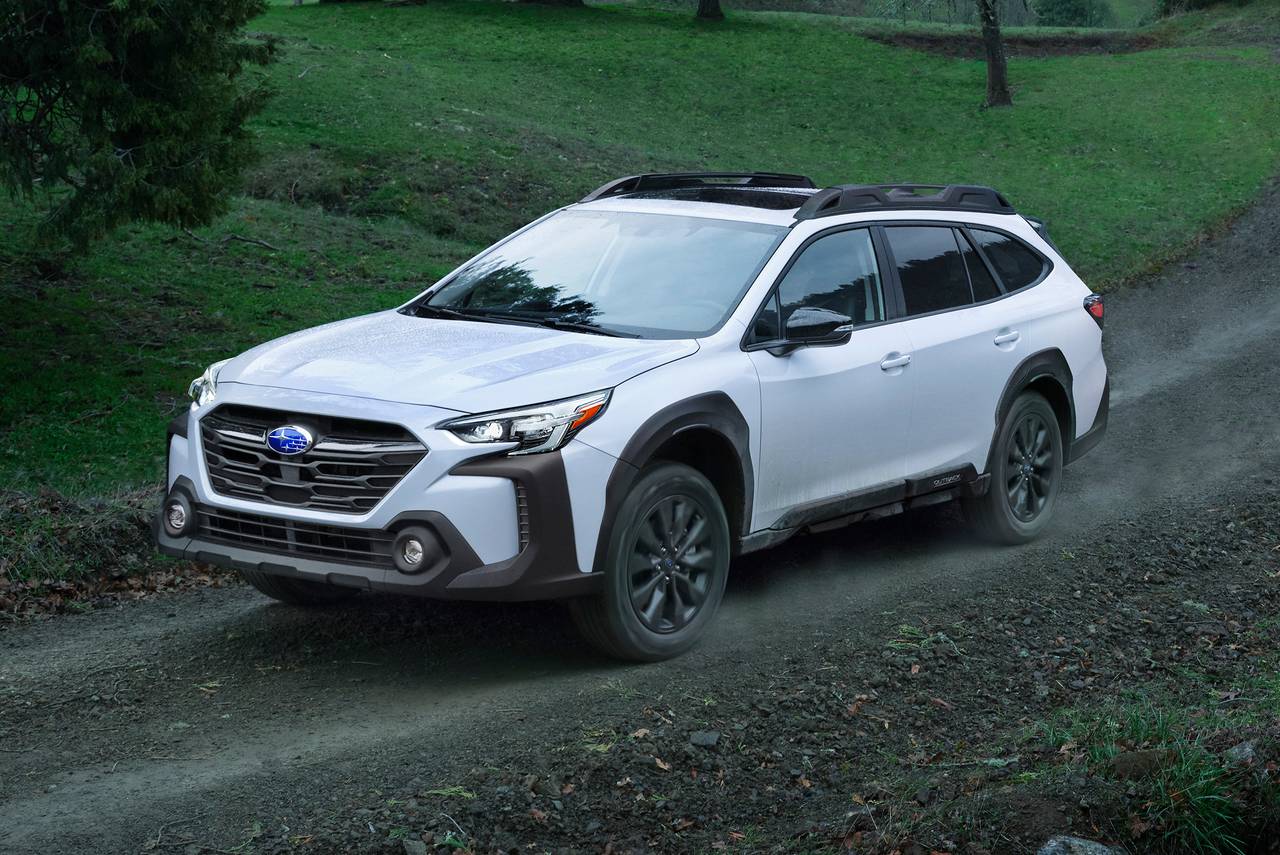
5. Subaru Outback (2010-2014)
The Subaru Outback, particularly in the 2010-2014 model years, features a CVT transmission that is notable for its reliability, a rarity among CVTs of that era. Subaru’s unique approach to CVT design, which uses a chain-driven system instead of the more common belt-driven system, significantly enhances durability.
The chain is stronger and more resistant to stretching or slipping, common failure points in traditional CVTs. This mechanical advantage helps the Outback’s transmission handle torque from the horizontally opposed “boxer” engines efficiently, delivering smooth acceleration and consistent performance.
The transmission’s hydraulic control system is finely tuned to provide seamless shifts without the typical “rubber band” sensation many CVT drivers dislike. This tuning reduces mechanical strain and helps prevent overheating, a common cause of CVT failures.
Subaru also integrates a dedicated transmission fluid cooler to maintain stable operating temperatures, which is especially important given the Outback’s all-wheel-drive setup that places additional load on the drivetrain.
Regular maintenance is critical to the Outback’s transmission durability. Subaru recommends specific synthetic CVT fluids and defined service intervals to prevent fluid degradation and contamination, which could otherwise accelerate wear.
Owners who adhere to these guidelines often report trouble-free operation well beyond 150,000 miles. Furthermore, Subaru’s reputation for building rugged, adventure-ready vehicles means that the Outback’s transmission is designed to endure diverse driving conditions—from highways to gravel roads—with minimal issues.
Finally, the AWD system works harmoniously with the transmission to distribute torque evenly, reducing stress on any single component. This balanced power delivery reduces wear and extends transmission life compared to vehicles with less sophisticated drivetrains.
Overall, the 2010-2014 Subaru Outback’s CVT is a prime example of how innovative design and proper maintenance can produce one of the most bulletproof transmissions in the often-challenging world of continuously variable gearboxes.
5 Models That Burn Out Early

1. Nissan Altima (2007-2012)
The Nissan Altima from 2007 to 2012 has developed a notorious reputation for early transmission failures, especially those equipped with the CVT (continuously variable transmission). Unlike traditional automatics, CVTs offer a smooth, stepless driving experience but rely heavily on the strength and durability of belts or chains and the precision of their control systems.
Nissan’s CVTs in these years primarily used belt-driven systems that were more susceptible to wear, especially under heavier loads or hotter climates. The problem stems largely from the transmission’s inability to effectively dissipate heat, leading to premature degradation of transmission fluid and, consequently, internal component damage.
Many owners report symptoms such as jerking during acceleration, slipping, hesitation, and in some cases, complete transmission failure before the 100,000-mile mark—sometimes as early as 50,000 miles.
Nissan attempted several updates to address these issues, including extended warranties and software recalibrations, but these fixes only mitigated rather than eliminated the problem.
The core mechanical design flaws meant that overheating and mechanical stress could cause the transmission belt or pulleys to deteriorate rapidly. Additionally, the transmission control module sometimes failed to correctly modulate the CVT’s behavior, exacerbating wear.
Beyond the mechanical issues, maintenance recommendations during this period were somewhat inconsistent, with many owners unaware of the critical need for regular transmission fluid changes. Neglecting fluid changes, especially in hotter climates, can accelerate fluid breakdown, resulting in increased friction and heat generation inside the transmission.
Nissan’s less robust cooling systems on these models further worsened the problem. Because CVTs are generally more complex and sensitive than traditional automatics, many repair shops found replacement costs to be high, leaving many owners frustrated with the lack of durability in what was otherwise a popular midsize sedan.
The Altima’s transmission woes have caused a ripple effect on its resale value and consumer trust. While Nissan has improved its CVT designs significantly in later models, the 2007-2012 Altima stands as a cautionary tale for prospective buyers about the importance of researching transmission reliability and maintenance requirements before purchasing a vehicle.
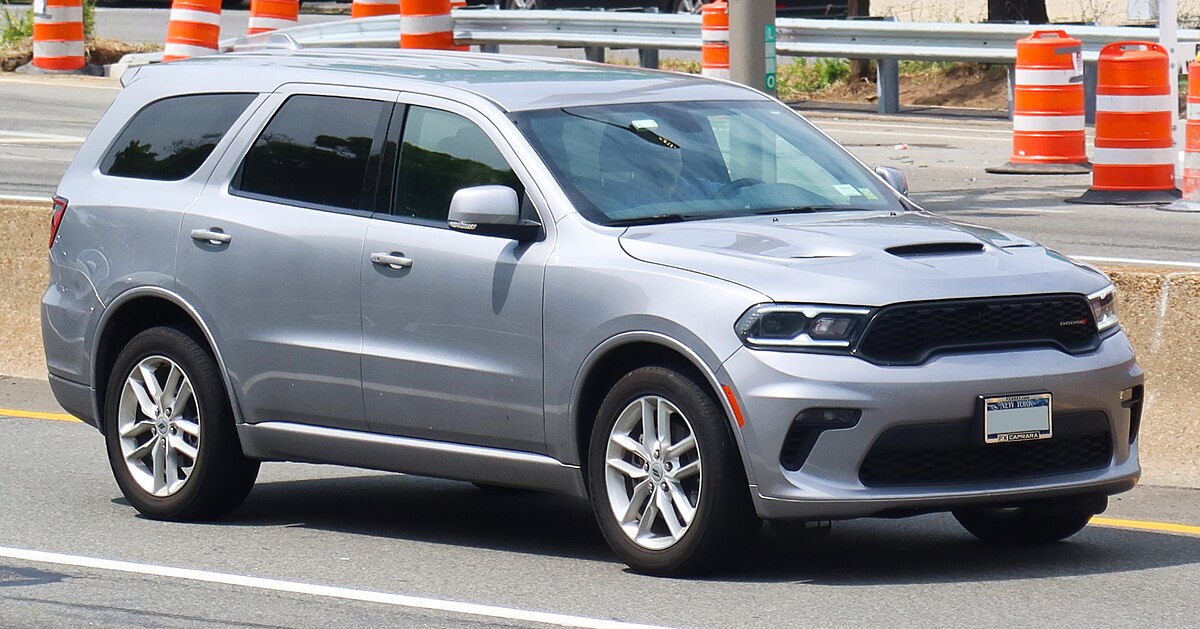
2. Dodge Durango (2011-2013)
The Dodge Durango produced between 2011 and 2013 is well-known among enthusiasts and mechanics alike for transmission troubles that tend to manifest early and often.
This model’s 5-speed automatic transmission, paired with V6 and V8 engines, faced criticism due to its tendency to experience harsh shifting, gear slippage, and, in many cases, complete transmission failure between 80,000 and 100,000 miles.
Unlike more robust transmissions designed to handle the weight and torque of a large SUV, the Durango’s transmission struggled under the stress of towing, heavy cargo, and hot operating conditions.
A major contributing factor to the Durango’s transmission problems was inadequate cooling. The transmission fluid would often overheat during prolonged use, especially in stop-and-go traffic or while towing trailers, causing the fluid to lose its lubricating properties and accelerating wear on internal clutches and bands.
The valve body and solenoid packs within the transmission also showed a propensity for failure, which disrupted fluid pressure regulation and shifted timing, leading to rough, erratic gear changes. Owners reported the vehicle sometimes slipping into neutral or jerking violently during gear shifts—symptoms that often preceded full transmission failure.
Manufacturing inconsistencies and design flaws in the transmission housing and internal components compounded the problem. Some units were prone to premature wear due to poor machining tolerances or the use of lower-grade materials in clutch packs.
Repair costs for the Durango’s transmission are notably high, and many owners faced difficult decisions about whether to repair or replace the transmission altogether, especially as the cost often approached or exceeded the vehicle’s residual value.
Chrysler’s extended warranty programs attempted to mitigate owner dissatisfaction, but they did not fully restore confidence in the Durango’s transmission reliability.
The recurring nature of the issues, along with complicated repair procedures and limited aftermarket support, makes the 2011-2013 Dodge Durango a model that drivers should approach cautiously if long-term transmission reliability is a priority.
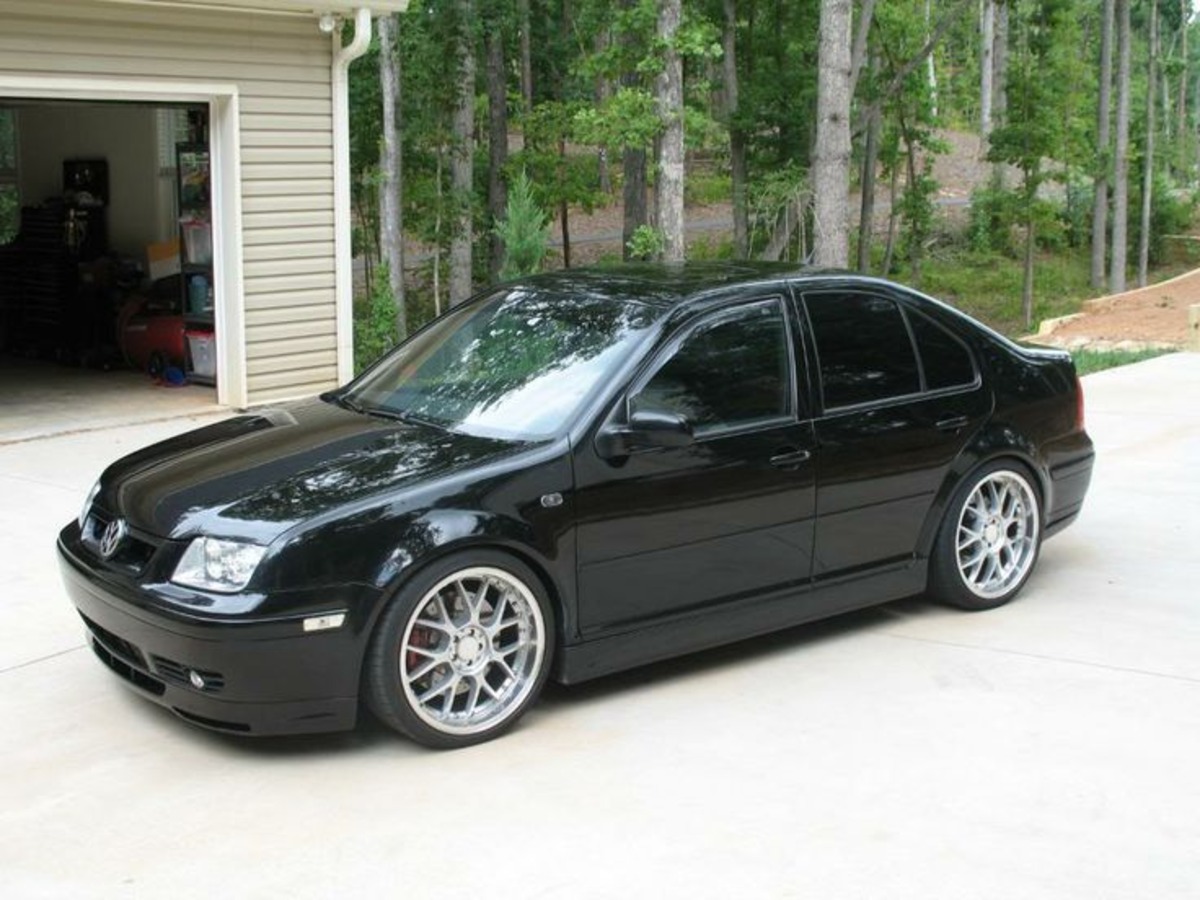
3. Volkswagen Jetta (2009-2013)
Volkswagen’s Jetta, particularly between 2009 and 2013, suffered from significant transmission reliability problems centered around its innovative DSG (Direct Shift Gearbox) dual-clutch transmission and some traditional automatic variants.
The DSG was designed to deliver rapid gear changes and sporty performance by combining two clutches that pre-select gears, but it came with a high complexity that exposed it to early failures, especially in daily commuter use.
Owners frequently reported issues such as jerky and hesitant shifts, unusual noises during gear changes, and sudden transmission lock-ups. The core problem often lay in premature wear of the clutch packs within the DSG transmission, which unlike traditional automatics, are subject to higher friction and heat due to the way they engage gears rapidly.
These wear issues sometimes occurred well before the vehicle reached 70,000 miles, leading to costly repairs or full transmission replacements. Additionally, the mechatronic control unit—which governs clutch engagement and shift timing—was prone to electronic failures, compounding the problem.
The Jetta’s transmission challenges were also tied to inconsistent maintenance guidance and limited availability of specialized service technicians familiar with DSG units during that era.
Many owners experienced frustration with the transmission control software, which could fail to adapt properly to real-world driving conditions, resulting in erratic behavior. Despite Volkswagen’s efforts to update software and issue technical service bulletins, many problems persisted due to the transmission’s inherent mechanical design complexity.
Moreover, the high cost of repairing or replacing the DSG transmission made it a financial burden for many Jetta owners, especially as these issues could arise on relatively newer vehicles.
These factors combined to tarnish the reputation of the Jetta’s transmissions in the 2009-2013 range, serving as a warning to buyers about the potential pitfalls of dual-clutch technology in certain applications and the importance of diligent maintenance.
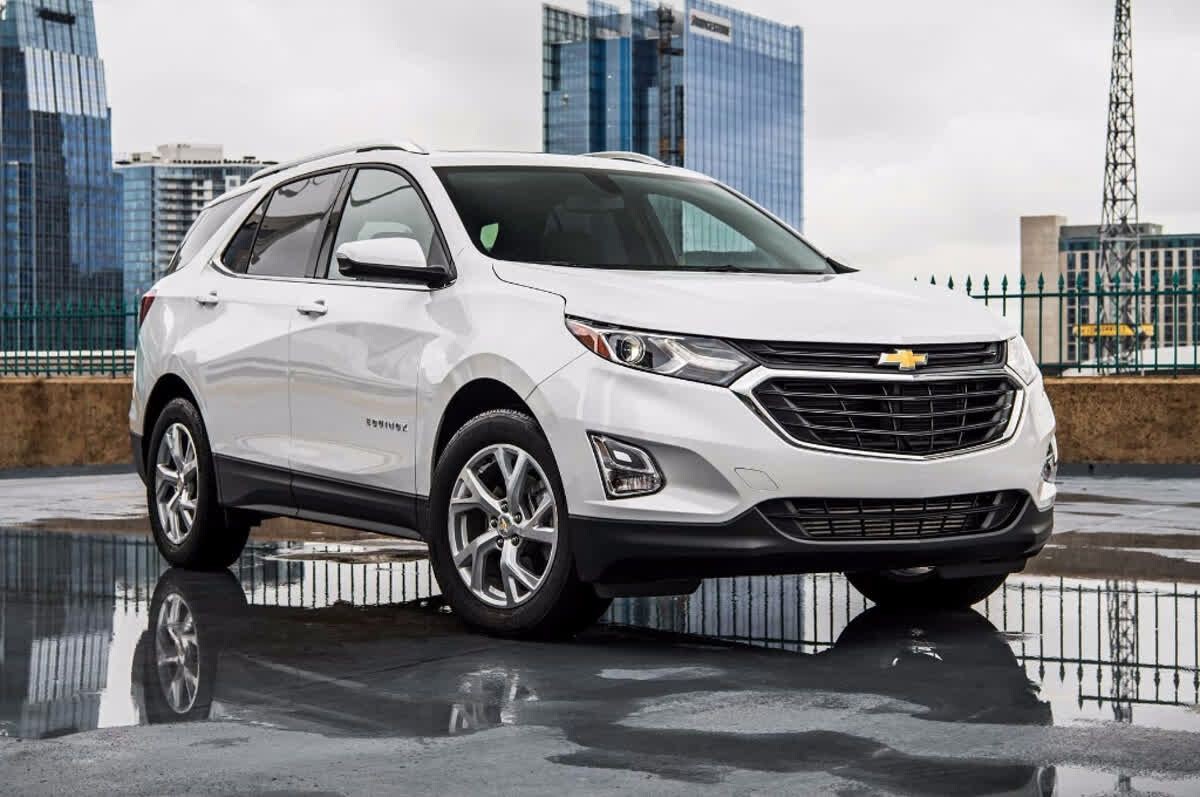
4. Chevrolet Equinox (2010-2015)
The Chevrolet Equinox models from 2010 to 2015 are frequently cited for transmission reliability issues, primarily related to the 6-speed automatic transmission.
Owners report symptoms such as slipping, hard or delayed shifts, and sudden loss of power, often culminating in full transmission failure between 60,000 and 90,000 miles—far earlier than industry expectations for a midsize SUV.
These transmission problems have been linked to several design shortcomings, including faulty torque converters, weak valve bodies, and suboptimal hydraulic pressure control.
One significant factor contributing to the Equinox’s transmission troubles was insufficient cooling capacity. The transmission fluid would frequently overheat under moderate to heavy loads, particularly in urban driving or warmer climates, causing fluid breakdown and increased internal wear.
Once the transmission fluid degrades, friction rises, and the valve bodies and clutch packs begin to fail, triggering symptoms such as slipping and harsh shifts. Many owners noted that symptoms would worsen quickly if fluid changes were neglected or delayed.
GM attempted multiple software updates and issued technical service bulletins aimed at alleviating transmission issues, but these fixes often provided only temporary relief.
The fundamental mechanical design did not adequately account for thermal management or the stress of frequent stop-and-go driving, which are common in everyday use. As a result, many Equinox owners faced expensive transmission rebuilds or replacements at relatively low mileages.
Compounding the issue was the high cost and complexity of repairs. The Equinox’s transmission assembly required skilled labor and expensive parts, making even minor repairs costly. This, combined with the frequency of failure, has contributed to a decline in consumer confidence and resale values for affected model years.
For buyers and current owners, the 2010-2015 Equinox serves as a reminder of the importance of regular maintenance and cautious use, but also highlights the risks of certain transmission designs in real-world conditions.
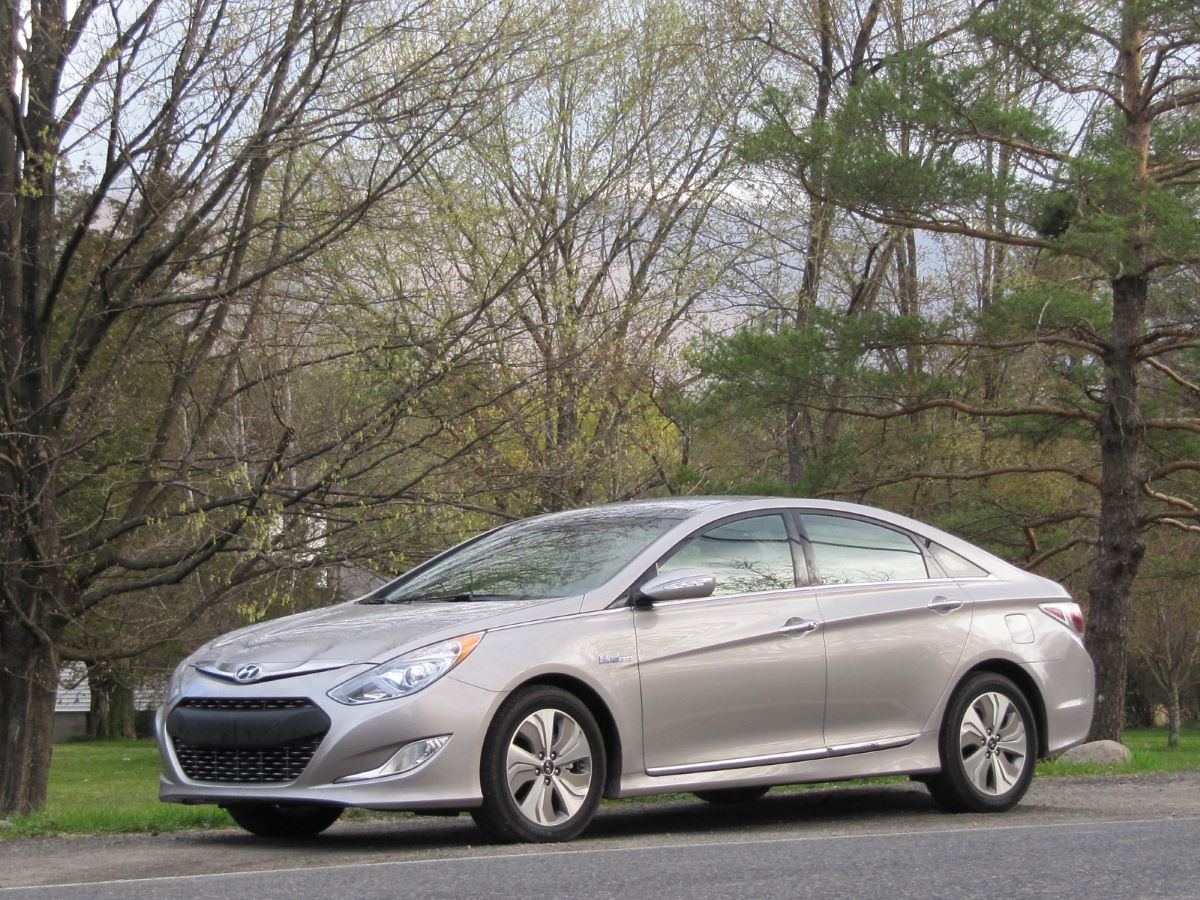
5. Hyundai Sonata (2011-2014)
The Hyundai Sonata’s 2011-2014 models equipped with the 6-speed automatic transmission have faced widespread criticism for early transmission problems, including harsh shifts, slipping, and delayed gear engagement.
Many Sonata owners experienced these issues before reaching 100,000 miles, and in some cases as early as 50,000 miles. The transmission problems are typically traced to clutch pack wear, faulty solenoids, and control module errors, which together degrade shifting performance and eventually cause failure.
A critical factor behind the Sonata’s transmission issues is its sensitivity to overheating and fluid degradation. The transmission cooling systems in these models were often inadequate for sustained or heavy-duty use, such as highway driving in hot climates or stop-and-go traffic.
This caused the transmission fluid to deteriorate faster, reducing its effectiveness at lubricating and cooling internal components. Without proper heat management, clutches wore prematurely, and electronic solenoids controlling hydraulic flow began to malfunction.
Furthermore, some Sonata transmissions suffered from inconsistent manufacturing quality, leading to variability in reliability between individual vehicles. Owners reported varying degrees of shifting problems, sometimes coupled with check engine lights related to transmission faults.
Hyundai’s warranty coverage and recalls addressed some of these problems, but many vehicles still required expensive repairs or replacements. This patchwork of fixes led to mixed reviews and hesitation from buyers concerned about long-term ownership costs.
From a maintenance perspective, many Sonata owners were unaware of the importance of frequent transmission fluid changes or the use of Hyundai-approved fluids, which are crucial for preserving transmission health. Without strict adherence to maintenance schedules, these transmissions were more likely to fail prematurely.
Despite Hyundai’s efforts to improve transmission design in subsequent models, the 2011-2014 Sonata remains a model with a transmission that burned out early for a significant portion of owners, serving as a cautionary example in the midsize sedan market.
Also Read: 5 Cars With the Most Favorable Financing Rates and 5 With the Steepest APRs
Choosing a vehicle with a reliable transmission is an often underestimated but essential aspect of owning a car. As we’ve explored, some models consistently demonstrate bulletproof transmission performance, standing as testaments to strong engineering, robust materials, and careful manufacturing.
These vehicles, from the Toyota Camry to the Ford F-150, offer not only smooth and efficient power delivery but also long-term durability that translates into fewer repairs, lower maintenance costs, and greater peace of mind. Their transmissions have been proven to endure everything from daily commuting to heavy-duty towing without the premature failures that can sideline other vehicles.
On the other hand, we have seen how certain models fall short in this critical area. The Nissan Altima, Dodge Durango, Volkswagen Jetta, Chevrolet Equinox, and Hyundai Sonata each suffered from transmissions that burned out early due to a mix of design limitations, electronic control issues, inadequate cooling, or maintenance lapses.
These failures are more than just mechanical annoyances; they can lead to costly repairs that diminish a vehicle’s resale value and erode owner satisfaction. Many of these problems arose during periods of rapid transmission innovation, where newer technologies such as CVTs and dual-clutch systems were still maturing, exposing consumers to growing pains.
This contrast highlights an important lesson for any prospective buyer or current owner: transmission reliability is multifaceted. It’s influenced by engineering choices, component quality, the integration of electronic controls, and, critically, proper maintenance.
Even the most bulletproof transmission can falter if neglected, while some weaker designs can last longer with vigilant care and timely repairs. Therefore, understanding the specific transmission design in your vehicle, following recommended service intervals, and addressing issues promptly can make a significant difference in longevity.
Manufacturers have also learned from past missteps. Many of the models once plagued by early transmission failures have seen improvements in later generations, with enhanced cooling systems, stronger components, and smarter control software.
Meanwhile, brands with reputations for durable transmissions continue to refine their designs, leveraging lessons learned from real-world use and advanced testing. This ongoing evolution means that while transmission reliability can never be taken for granted, it is continually improving across the automotive landscape.
For drivers, the best approach is informed vigilance. Researching transmission performance in the specific model years you’re interested in, consulting owner forums and reliability ratings, and committing to preventive maintenance are crucial steps.
Whether you prioritize comfort, performance, or utility, a dependable transmission underpins the entire driving experience. It can transform a car from a source of constant worry to one of lasting satisfaction.
In closing, transmissions may not always get the spotlight they deserve, but their role is indispensable. Knowing which models come equipped with bulletproof transmissions and which ones are prone to early burnout empowers you to make smarter choices, saving money, time, and stress in the long run.
Your vehicle’s transmission is the silent workhorse of every journey; choosing wisely ensures it keeps working smoothly mile after mile, year after year.
